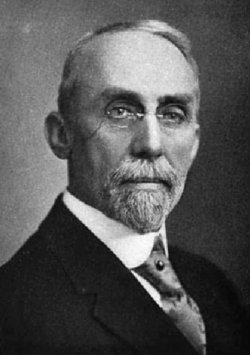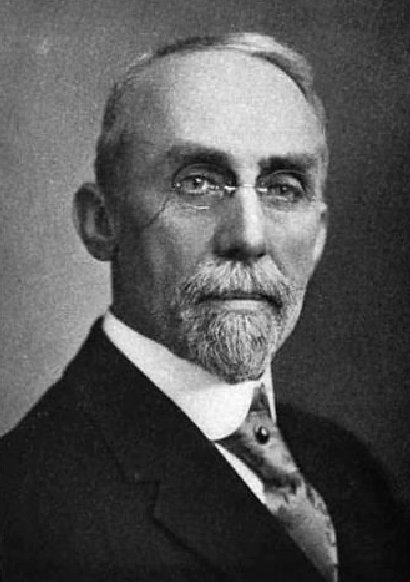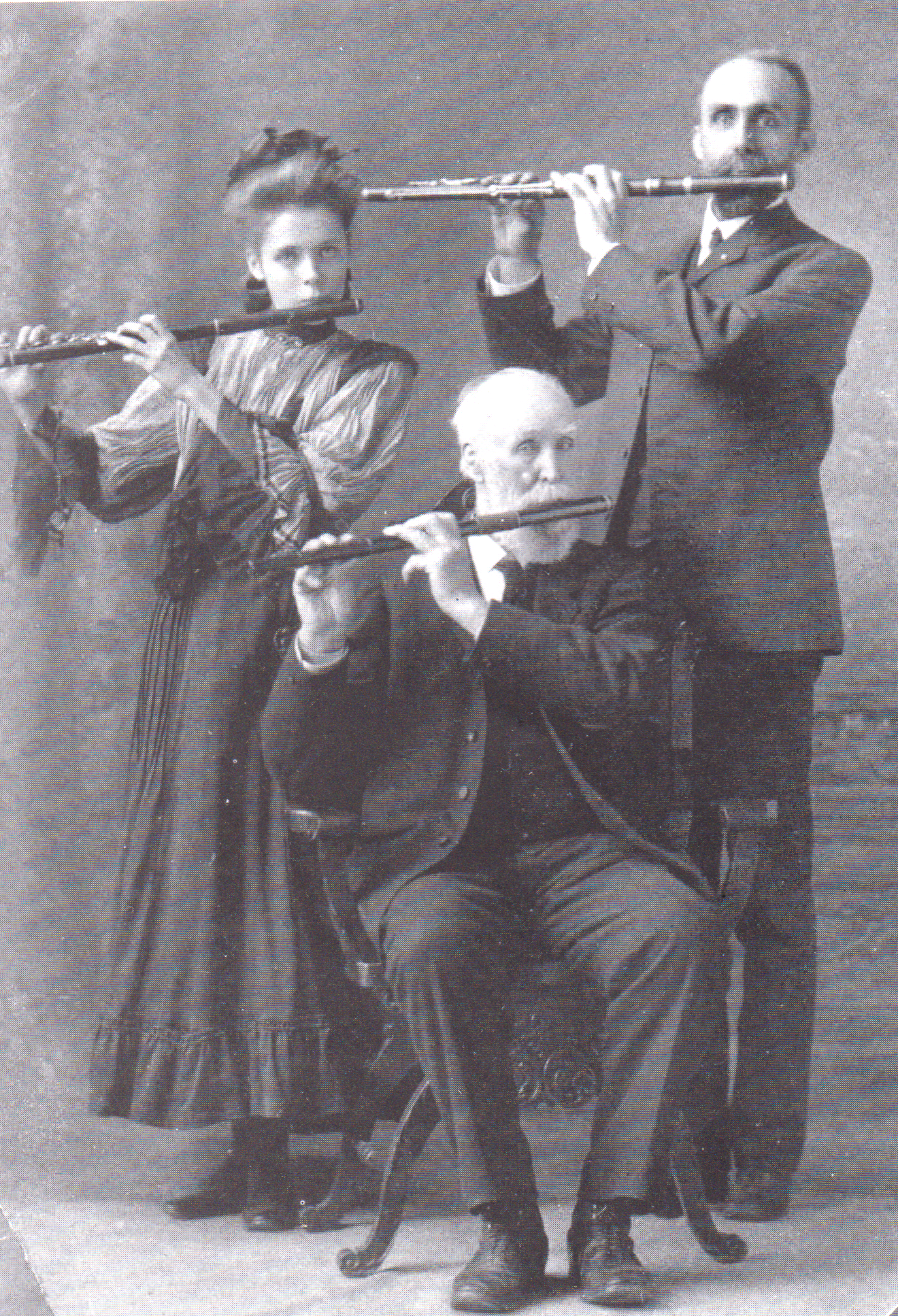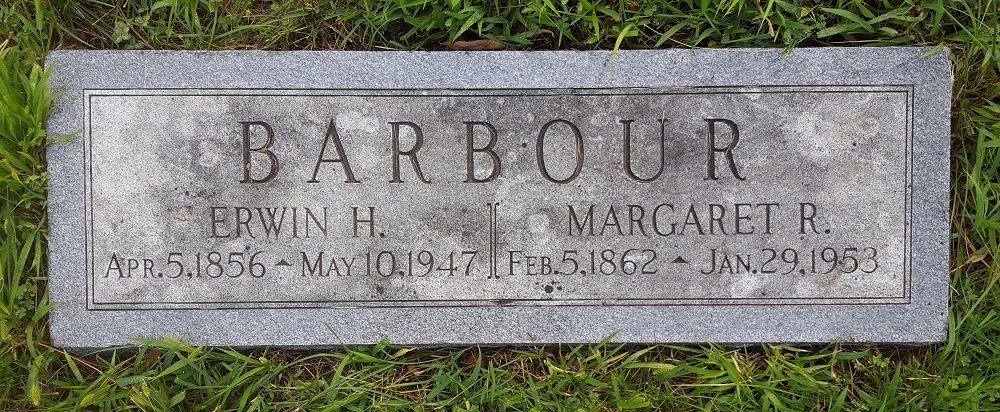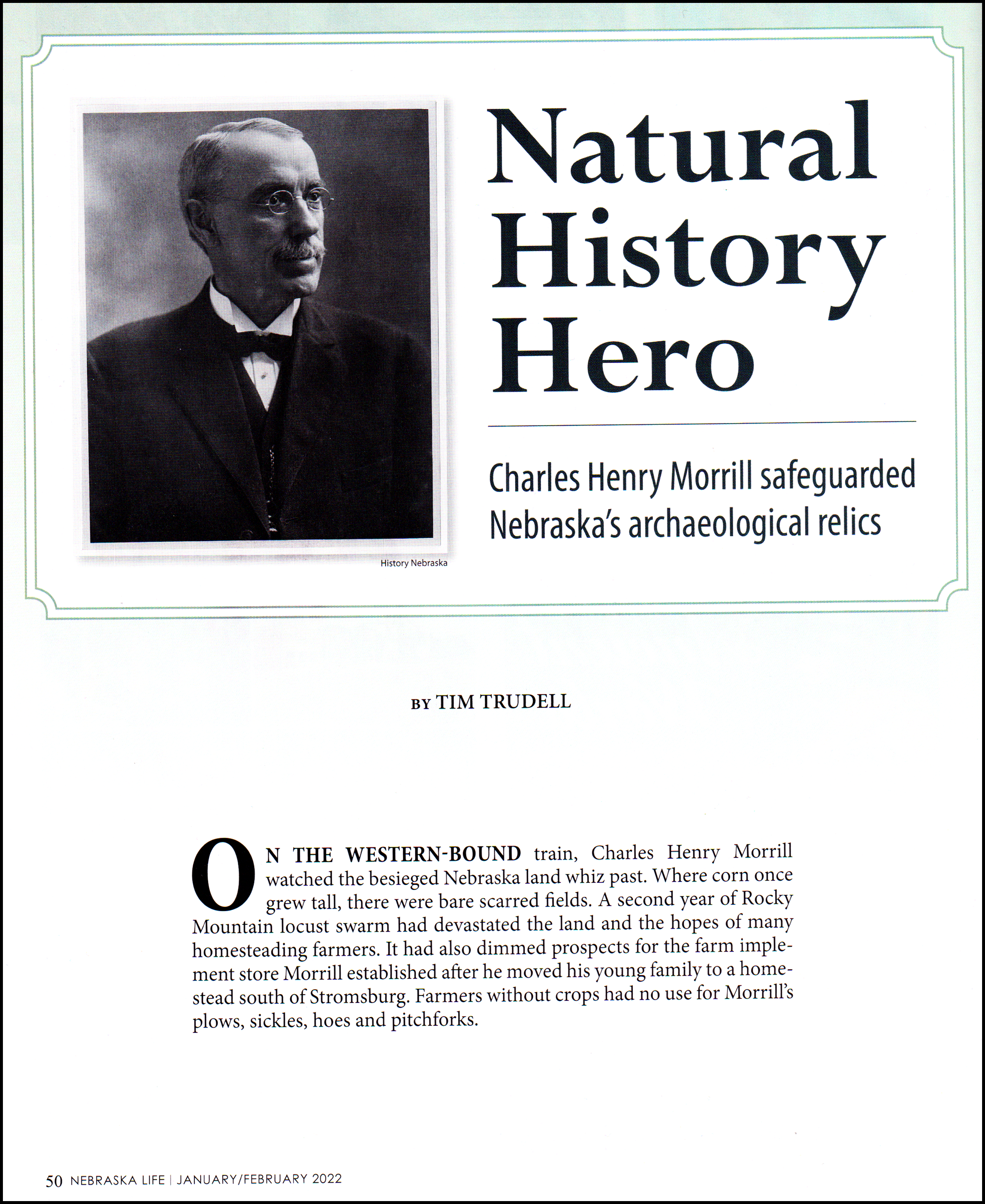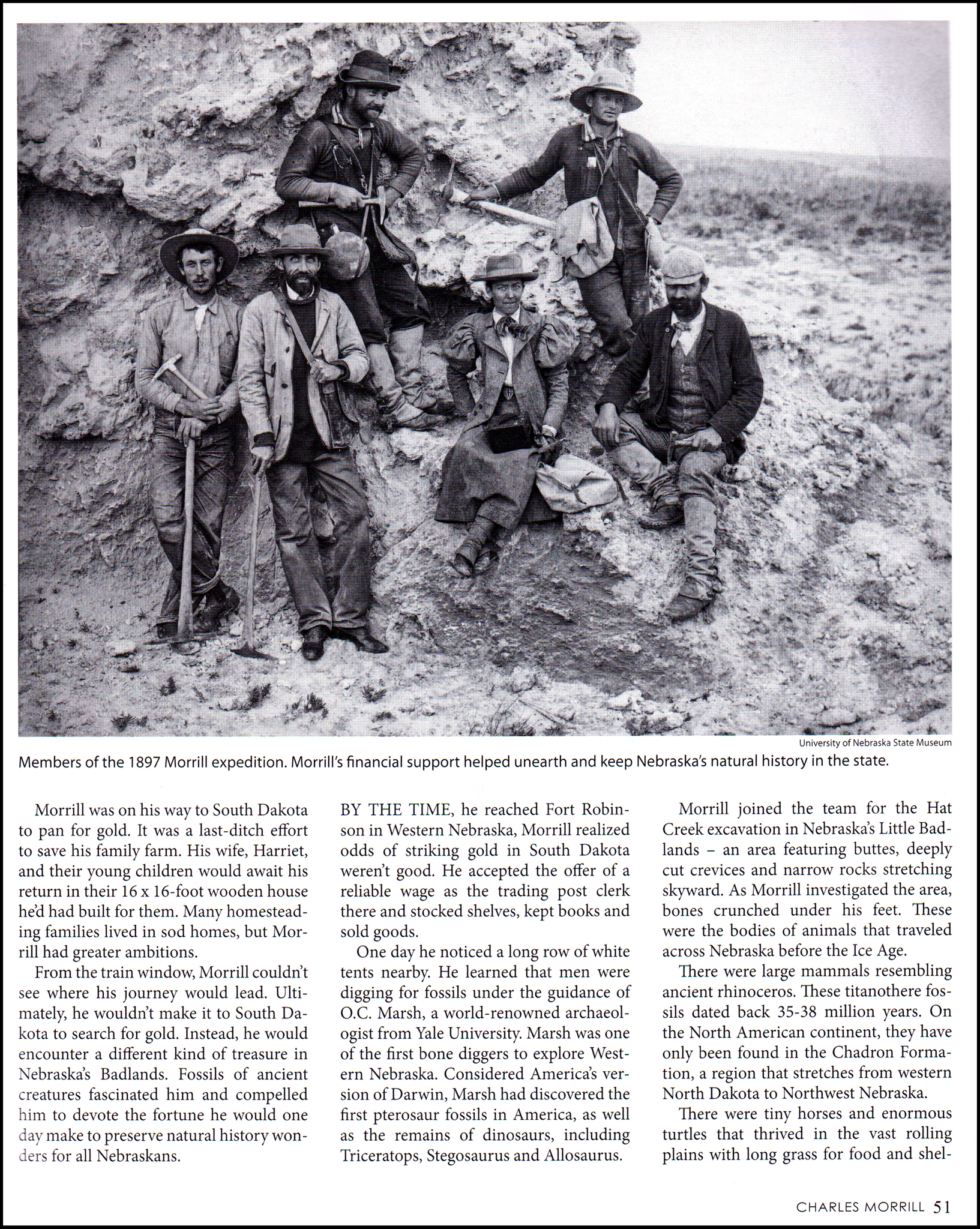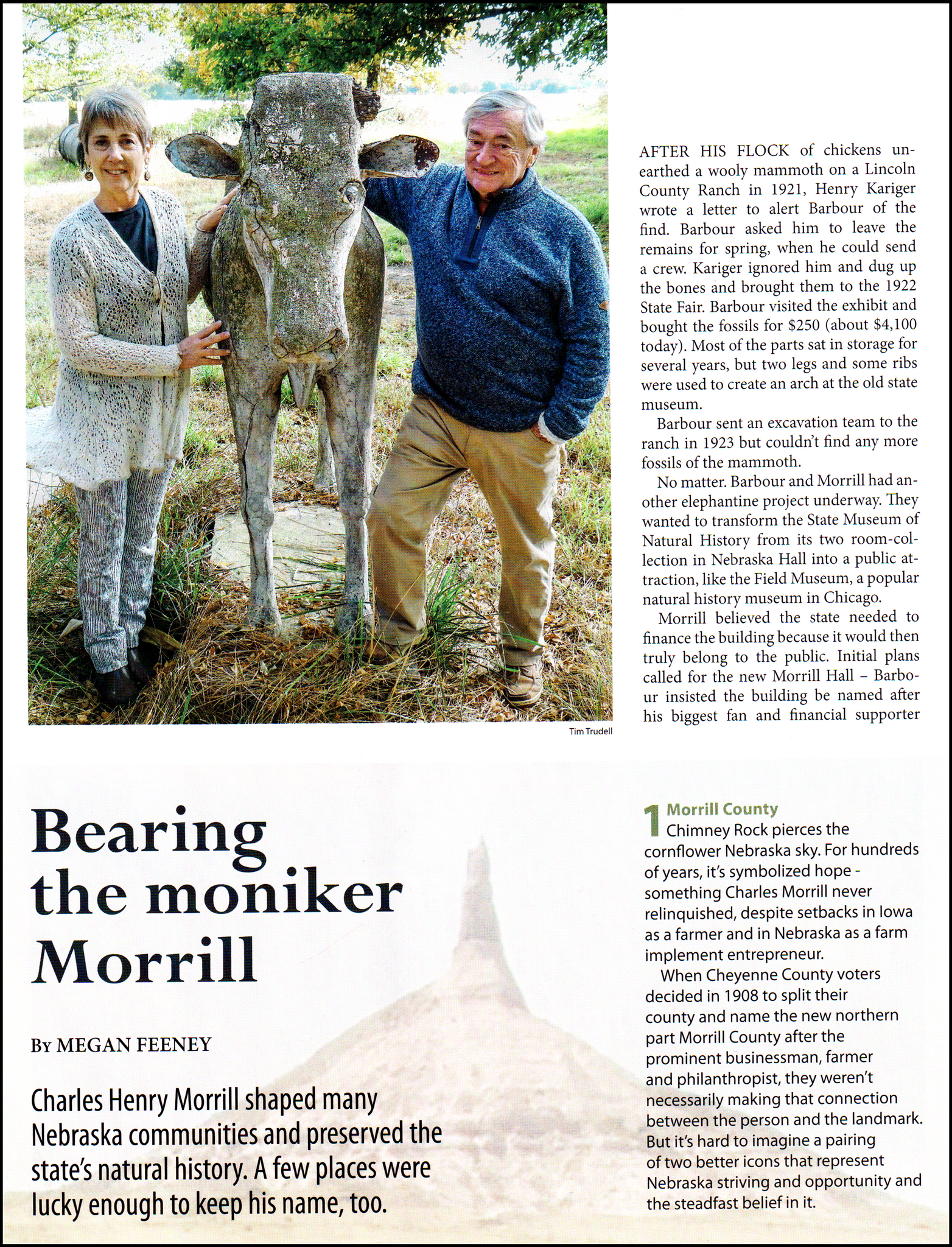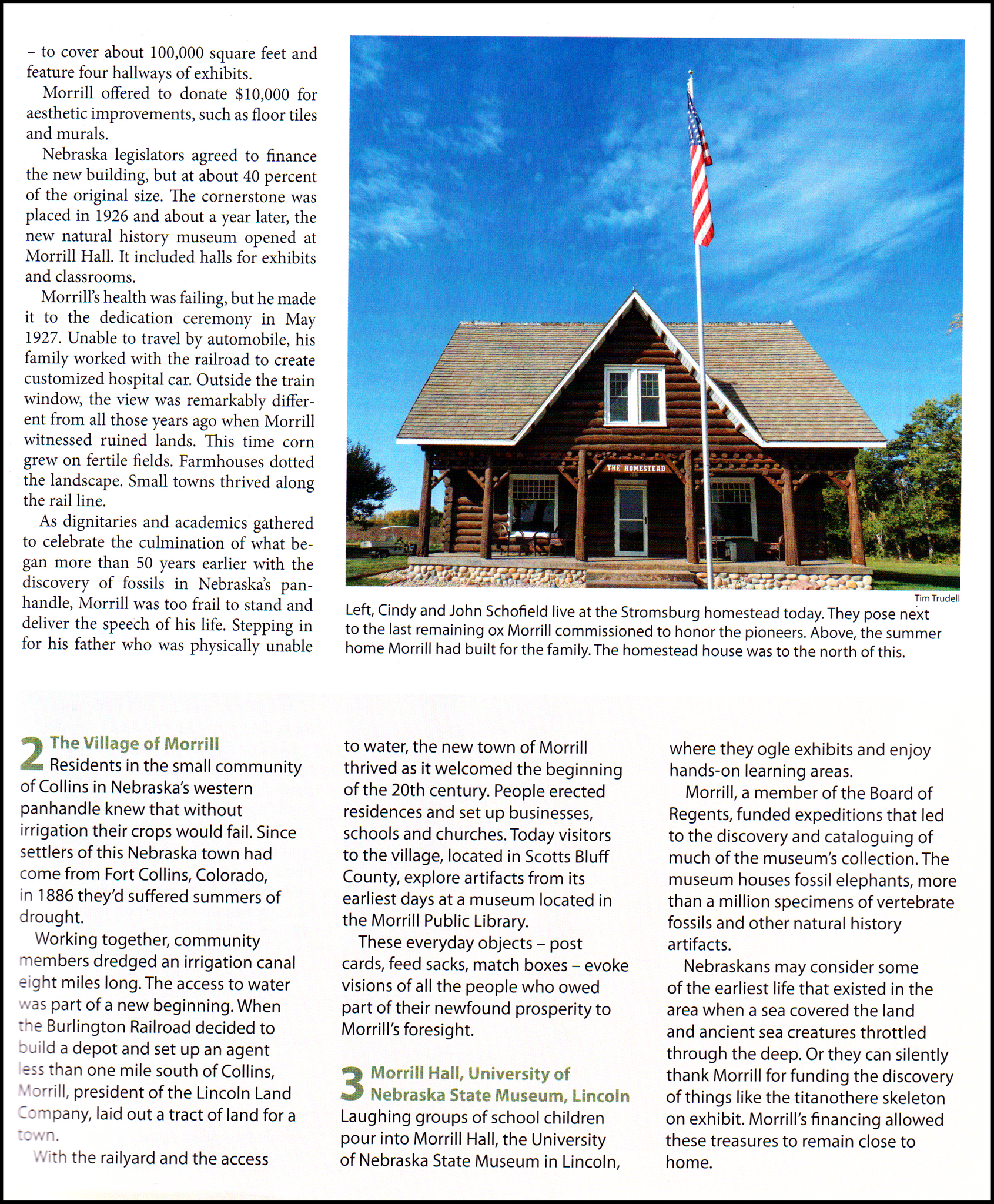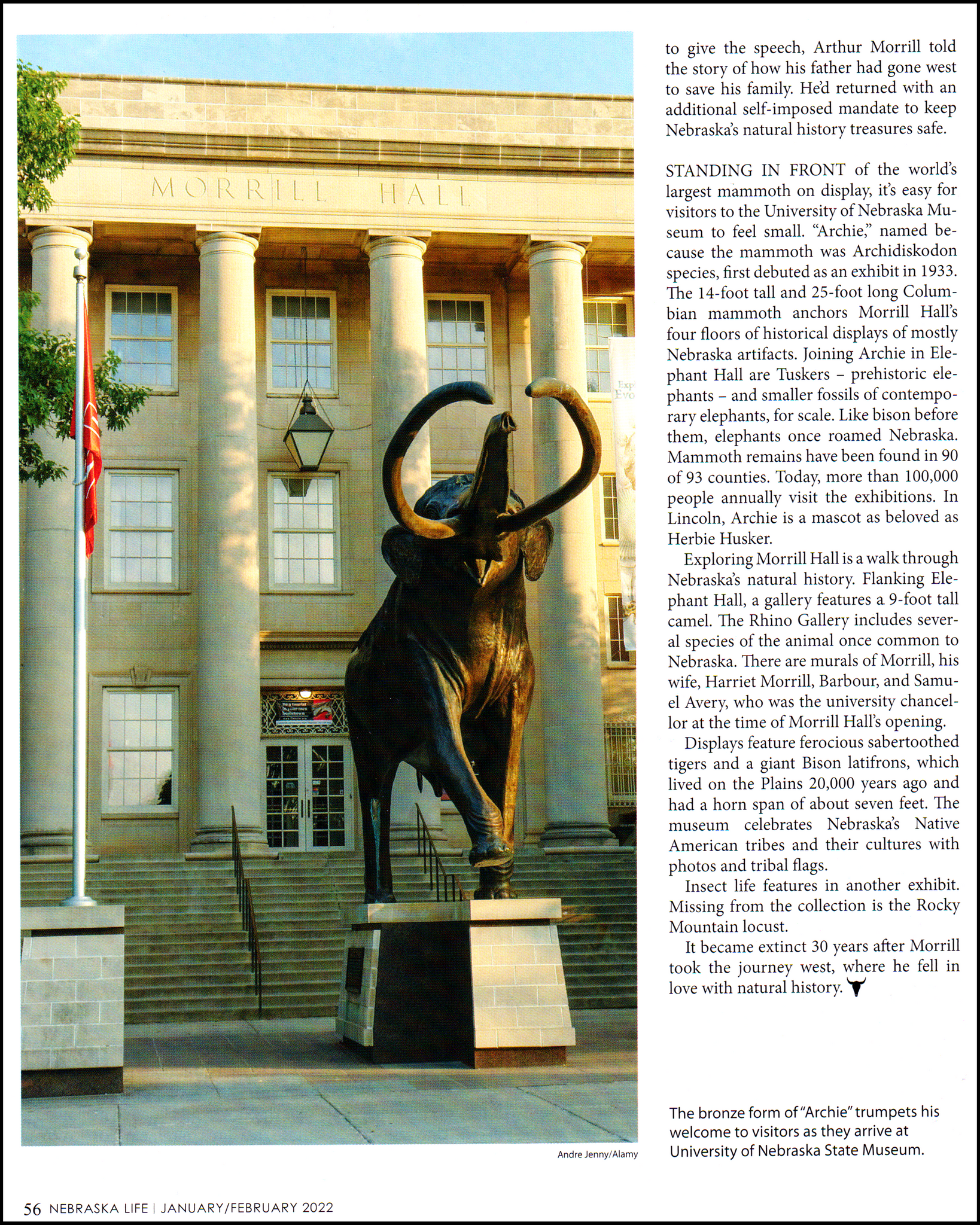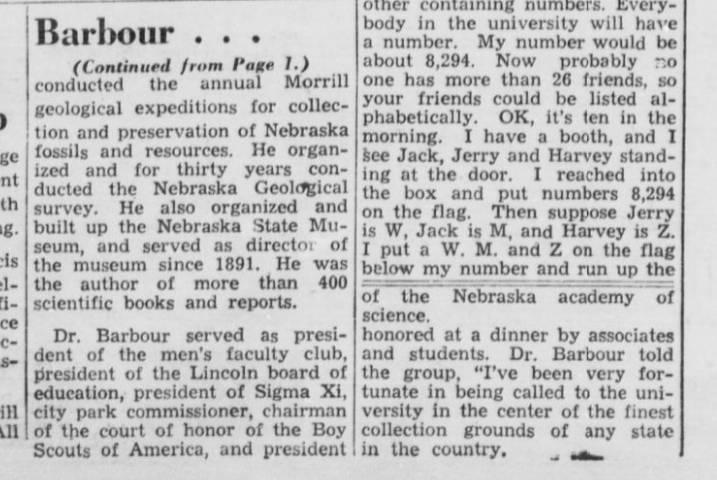Barbour married Margaret Roxanna Lamson on December 17, 1887 in Lincoln, Nebraska. Their daughter, Eleanor, was born in Connecticut in 1889.
After teaching at the University of Iowa for two years, Barbour began his work at the University of Nebraska as head of the Department of Geology.
Once at the University of Nebraska, he worked diligently to improve his department and add specimens to the university museum. He was soon appointed Curator of the University of Nebraska State Museum, and remained there as director until his retirement in1941. For many years after 1891, he also served as the Acting State Geologist. He spent the next 25 summers directing field parties throughout Nebraska, surveying the geological and paleontological resources of the state.
Barbour described and named fifteen new species of extinct elephants during his long career. A particularly important aspect of Barbour's research was how the elephants changed with time. He was a talented artist and usually illustrated his scientific publications with his own drawings and photographs.
____________________________
The following is from Social Networks & Archival Contexts. It is included here even though some parts of it duplicate the above information:
Erwin H. Barbour was born in Springfield, Indiana, on April 5, 1856. He received both his A.B. in 1882 and Ph.D. in 1887 from Yale University. He worked for the United States Paleontological Survey from 1882 to 1888 before becoming a professor of natural history and geology at Iowa College in Grinnell, Iowa. In July 1891, he accepted the position of professor of geology and zoology at the University of Nebraska and became director of the State Museum. He remained a vital member of the university, community, and state for more than fifty years.
In 1891, Barbour made his first expedition to western Nebraska where he collected fossil and geological specimens and studied geological formations. This was the first of yearly expeditions to build the museum collection and to increase his knowledge of the state's natural resources. The author of more than 350 publications, Barbour wrote about such topics as paleontology, geology, and economic geology of Nebraska. He organized and served as the director of the Nebraska Geological Survey beginning in 1891 until 1921 when it became the Conservation and Survey Division of the University.
Barbour was responsible for preparing University of Nebraska exhibits for the 1896 Trans-Mississippi Exposition and award-winning exhibits related to education and natural resources in Nebraska for the Louisiana Purchase Exposition of 1904. He received numerous additional honors, including a medal from the U.S. Department of Agriculture for the best-designed homemade windmill in 1904 and the Lincoln Kiwanis Club medal for distinguished service as a teacher, scientist, and citizen in 1935.
Active in his fields of research and in his community, Barbour was a member of several scholarly and civic organizations. He belonged to the Geological Society of America, the Association of American Museums, the Paleontological Society, the American Association for the Advancement of Science, the Nebraska Ornithologists Union, the Seismological Society, and the Nebraska Academy of Science. Barbour served on the school board, city park board, cemetery board, and city planning commission for Lincoln, Nebraska, and was chairman of the court of honor for the city's Boy Scouts. An artist who illustrated his own publications, Barbour designed mosaics for the Nebraska state capitol building and was a director of the Nebraska Art Association.
He was married to Margaret Roxanna Lamson in 1887 and they had one daughter, Eleanor Barbour. He died in 1947.
Barbour married Margaret Roxanna Lamson on December 17, 1887 in Lincoln, Nebraska. Their daughter, Eleanor, was born in Connecticut in 1889.
After teaching at the University of Iowa for two years, Barbour began his work at the University of Nebraska as head of the Department of Geology.
Once at the University of Nebraska, he worked diligently to improve his department and add specimens to the university museum. He was soon appointed Curator of the University of Nebraska State Museum, and remained there as director until his retirement in1941. For many years after 1891, he also served as the Acting State Geologist. He spent the next 25 summers directing field parties throughout Nebraska, surveying the geological and paleontological resources of the state.
Barbour described and named fifteen new species of extinct elephants during his long career. A particularly important aspect of Barbour's research was how the elephants changed with time. He was a talented artist and usually illustrated his scientific publications with his own drawings and photographs.
____________________________
The following is from Social Networks & Archival Contexts. It is included here even though some parts of it duplicate the above information:
Erwin H. Barbour was born in Springfield, Indiana, on April 5, 1856. He received both his A.B. in 1882 and Ph.D. in 1887 from Yale University. He worked for the United States Paleontological Survey from 1882 to 1888 before becoming a professor of natural history and geology at Iowa College in Grinnell, Iowa. In July 1891, he accepted the position of professor of geology and zoology at the University of Nebraska and became director of the State Museum. He remained a vital member of the university, community, and state for more than fifty years.
In 1891, Barbour made his first expedition to western Nebraska where he collected fossil and geological specimens and studied geological formations. This was the first of yearly expeditions to build the museum collection and to increase his knowledge of the state's natural resources. The author of more than 350 publications, Barbour wrote about such topics as paleontology, geology, and economic geology of Nebraska. He organized and served as the director of the Nebraska Geological Survey beginning in 1891 until 1921 when it became the Conservation and Survey Division of the University.
Barbour was responsible for preparing University of Nebraska exhibits for the 1896 Trans-Mississippi Exposition and award-winning exhibits related to education and natural resources in Nebraska for the Louisiana Purchase Exposition of 1904. He received numerous additional honors, including a medal from the U.S. Department of Agriculture for the best-designed homemade windmill in 1904 and the Lincoln Kiwanis Club medal for distinguished service as a teacher, scientist, and citizen in 1935.
Active in his fields of research and in his community, Barbour was a member of several scholarly and civic organizations. He belonged to the Geological Society of America, the Association of American Museums, the Paleontological Society, the American Association for the Advancement of Science, the Nebraska Ornithologists Union, the Seismological Society, and the Nebraska Academy of Science. Barbour served on the school board, city park board, cemetery board, and city planning commission for Lincoln, Nebraska, and was chairman of the court of honor for the city's Boy Scouts. An artist who illustrated his own publications, Barbour designed mosaics for the Nebraska state capitol building and was a director of the Nebraska Art Association.
He was married to Margaret Roxanna Lamson in 1887 and they had one daughter, Eleanor Barbour. He died in 1947.
